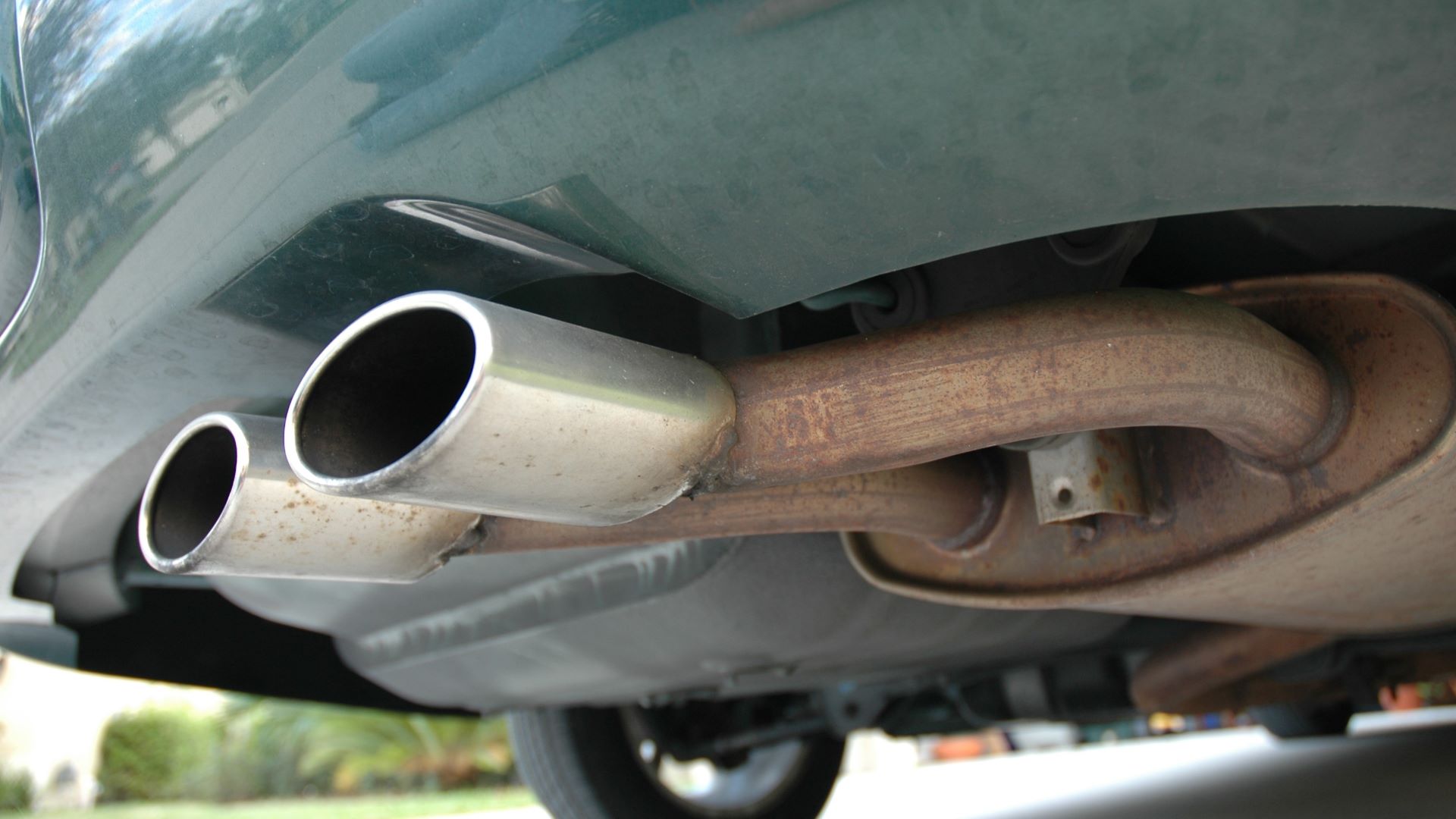Before getting new glasses this winter, I’d forgotten what it was like to see distant objects in sharp relief.
The glasses improved my vision but far-off vistas remained hazy – until the pandemic shutdown unexpectedly paused pollution emissions, and the air suddenly cleared.
The whole landscape came into focus in a way I couldn’t ever recall. Every tree line looked intricately etched – as if a watercolor wash had transformed into a detailed pen-and-ink.
It wasn’t an optical illusion. Jeff Crawford, director of the Maine Department of Environmental Protection’s Air Quality Bureau, confirmed that regional monitors in the mid-Atlantic and Northeast showed decreases of between 15 and 29 percent for the pollutant nitrogen dioxide (a product of fuel combustion) between March 21 and May 19.
The crisp views and invigorating air won’t last as industries and vehicles whir back into action. But this time has offered a glimpse of how much better our air could be when our country relies solely on renewable power.
In the midst of a devastating pandemic, the prolonged draft of fresh air illuminates one potential path to healing.
Take no breath for granted
The coronavirus wreaks havoc in numerous ways, some still mysterious, but it primarily attacks the lungs. This makes it especially dangerous for those with asthma or other forms of lung disease, which – allergist and immunologist Dr. Marguerite Pennoyer said – includes “nearly one in three Mainers.”
Preliminary research at Harvard indicates that long-term exposure to polluted air can raise COVID-19 death rates. Another recent study suggests that airborne particulate matter may even facilitate the spread of the coronavirus.
While these findings are not yet conclusive, noted Laura Kate Bender, an assistant vice president of the American Lung Association, “we’ve known for a long time that air pollution can increase vulnerability to lung infections.”
That heightened sensitivity applies whether one is forced to breathe unhealthy air due to nearby industrial pollution, like South Portland coping with gas fumes, or long-distance transport. Being downwind of much of the Eastern seaboard and Midwest, Maine has long been dubbed the nation’s tailpipe.
Two of the most dangerous and ubiquitous pollutants in that imported mix, said Bender, are ground-level ozone and particulate matter – especially what is known as PM2.5 (particles smaller than 2.5 microns), which come primarily from combustion.
Scientists have learned that “the finer the particle, the higher the potential impact,” Crawford explained. A study published this winter in the journal Nature found that half of all premature deaths in the U.S. due to air pollution resulted from cross-state transmission of fine particulates.
Visible progress – until 2016
For decades, ozone and particulate matter pollution trended downward due to provisions in the Clean Air Act. It was adopted 50 years ago, thanks to the efforts of Maine Sen. Edmund Muskie, and was amended in 1990 with the leadership of Maine Sen. George Mitchell. “The Clean Air Act has worked wonders,” Bender said.
Experts attribute the steady improvement in air quality to a combination of federal regulatory action and collaborative interstate initiatives like the ones Maine participates in – California’s advanced clean car standards and the recently expanded Regional Greenhouse Gas Initiative.
But in 2016, the U.S. began backsliding. Bad wildfire seasons in Western states lowered air quality. The fires were exacerbated by having 2016, 2017 and 2018 as three of the five hottest years on record. “Warmer temperatures,” said Bender, “make the conditions for unhealthy ozone more likely.”
Besides wildfires and climate change, a third dynamic was at work. As soon as he entered office, President Trump began an assault on environmental regulations, particularly those that constrained the fossil fuel and coal industries.
Weakening standards
The U.S. Environmental Protection Agency, first overseen by the scandal-ridden Scott Pruitt and now by former coal industry lobbyist Andrew Wheeler, has completed the rollback of 19 air pollution regulations with an additional eight in process, the New York Times reported.
These actions include repeal of the Clean Power Plan, the country’s primary commitment to reduce greenhouse gas emissions, as well as a marked weakening of auto emissions standards and a rule that would make certain health data (like studies of the damaging effects of fine particulates) impermissible in agency decision-making.
While not all these rollbacks are final, they will have an enduring effect on the air we breathe. Crawford cites “foregone benefits,” a point Bender echoes, speaking of “benefits we should have seen coming and now we won’t.”
Pennoyer described the potential health impact in Maine as “horrific.” Relaxing regulations in upwind states “can be so damaging for us … I am so worried about what this will do to patients.”
Hastening the pace of pollution in a pandemic
“Of highest concern to us” in Maine, said Crawford, is the weakening of vehicle tailpipe emission and fuel efficiency standards. Higher greenhouse gas emissions will exacerbate climate change, which in turn further aggravates ozone pollution in a vicious and ongoing cycle.
The justification for lowering those standards strains credulity, he said, and is marked by “technical inconsistencies.” Indeed, Congress is already looking into the rushed process by which the Trump administration – under the cover of the pandemic – began accelerating regulatory rollbacks in advance of the November election.
Sen. Thomas Carper (D-Del.) recently told The Washington Post, in reference to the dismantling of clean vehicle regulations: “The result is a policy that fails to protect public health, fails to save money, fails to result in safer vehicles and will, ultimately and undoubtedly, fail in court.”
In the meantime, though, Trump administration officials work overtime to lower air-quality standards — disregarding the tens of thousands of Americans battling a lethal respiratory virus and the 100,000 people who die prematurely each year due to air pollution.
It is a callous calculus that could, literally, take one’s breath away.







